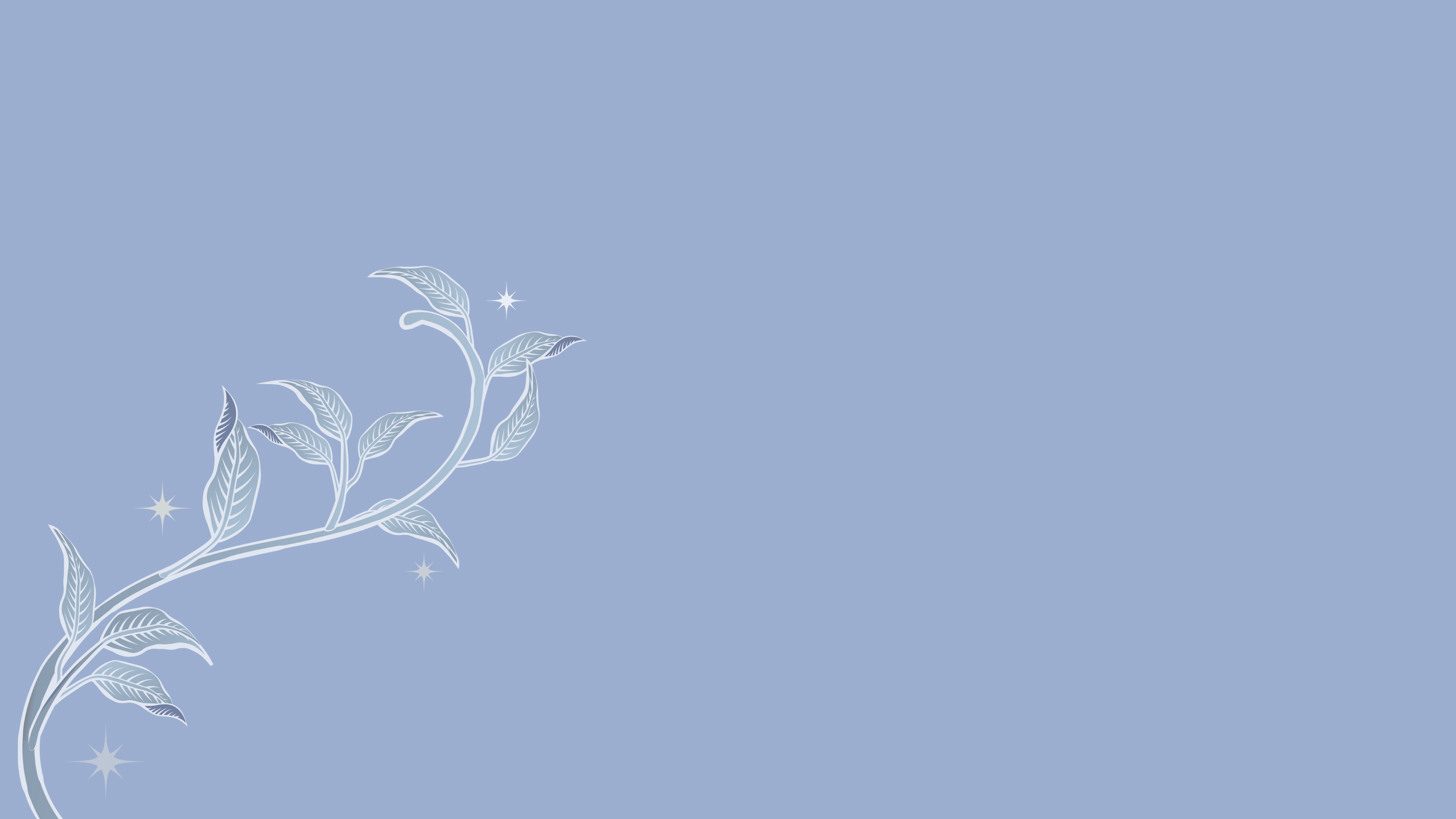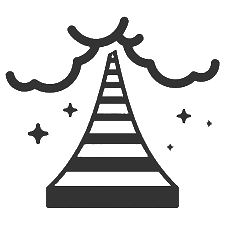
WHAT IS TAROT?
Tarot is one system of divination among many and these practices exist in every culture around the world. Whether the I Ching, throwing bones, tossing coins, studying tea leaves, looking at bird patterns in the sky, or working with decks of cards, they are about a desire to know what is going to happen before it happens.
Tarot and similar systems are about the idea of cause and effect and everything being connected in some way. When we allow ourselves to open up to the idea everything has meaning, magical synchronicities begin to occur at random.
In the past, people understood their world as being defined by correspondences. When something happened in one area of existence it corresponded with another area. For example, the way a person’s star sign and the astrology in the sky align to create their horoscope. There are many examples of correspondences, including the weather, the seasons, nature, people’s behaviour, animals’ behaviour and so on. Whenever two sets of phenomena with variable behaviour are paired together correspondences exist between them.
The tarot has a major arcana and a minor arcana, the former composed of archetypes and the latter four suits, much like playing cards. The wisdom in the tarot comes from the pictures that create layers of meanings and correspondences. In readings when we look at the relationships between groups of cards in answer to specific questions significant answers always emerge for the querent.
As a reader works with the tarot they develop their own intuitive skills alongside the correspondences in the cards. This is the process of tarot reading and for me, the sense of mystery from readings is always magical. Modern tarot reading has evolved to be about interpreting meaning in more complex psychological ways. Combining the metaphysical imagery in different decks and the wisdom in the correspondences with knowledge from other fields like transpersonal psychology and philosophy.
The value of tarot reading depends on how receptive the querent is to the information they receive and what they do with it. The first point to be aware of is the cards only give answers to the questions the querent asks. I always devote plenty of time to developing questions with the person. The second is readings are often time-dependent so it is important to allow sufficient time for events to unfold. Often there is an urge for events to unfold quickly, sometimes they do and sometimes they don’t, or events unfold in a totally unpredictable way! Thirdly your questions need to be framed about you and not about other people. This is an ethical issue. To get around this you can ask how would I deal with a particular situation in relation to this person. Putting the emphasis on the situation and how it affects you rather than about the other person.
Tarot readings cost £50 for 1 hour
.
The main takeaway we receive from readings is information – to make better decisions and be more aware of what is going on. Rachel Pollack has written widely about tarot and she describes this as “now I know what is going on I can do something about it”.

Many people ask if distance readings using zoom or phones are as powerful as face-to-face readings. It doesn’t matter whether you are on the other side of the world or sitting opposite. The outcome of the reading will be the same both ways.
I believe the process to be an energetic one. The cards connect with the energy of the querent and their questions.
The querent is the person receiving a reading.
